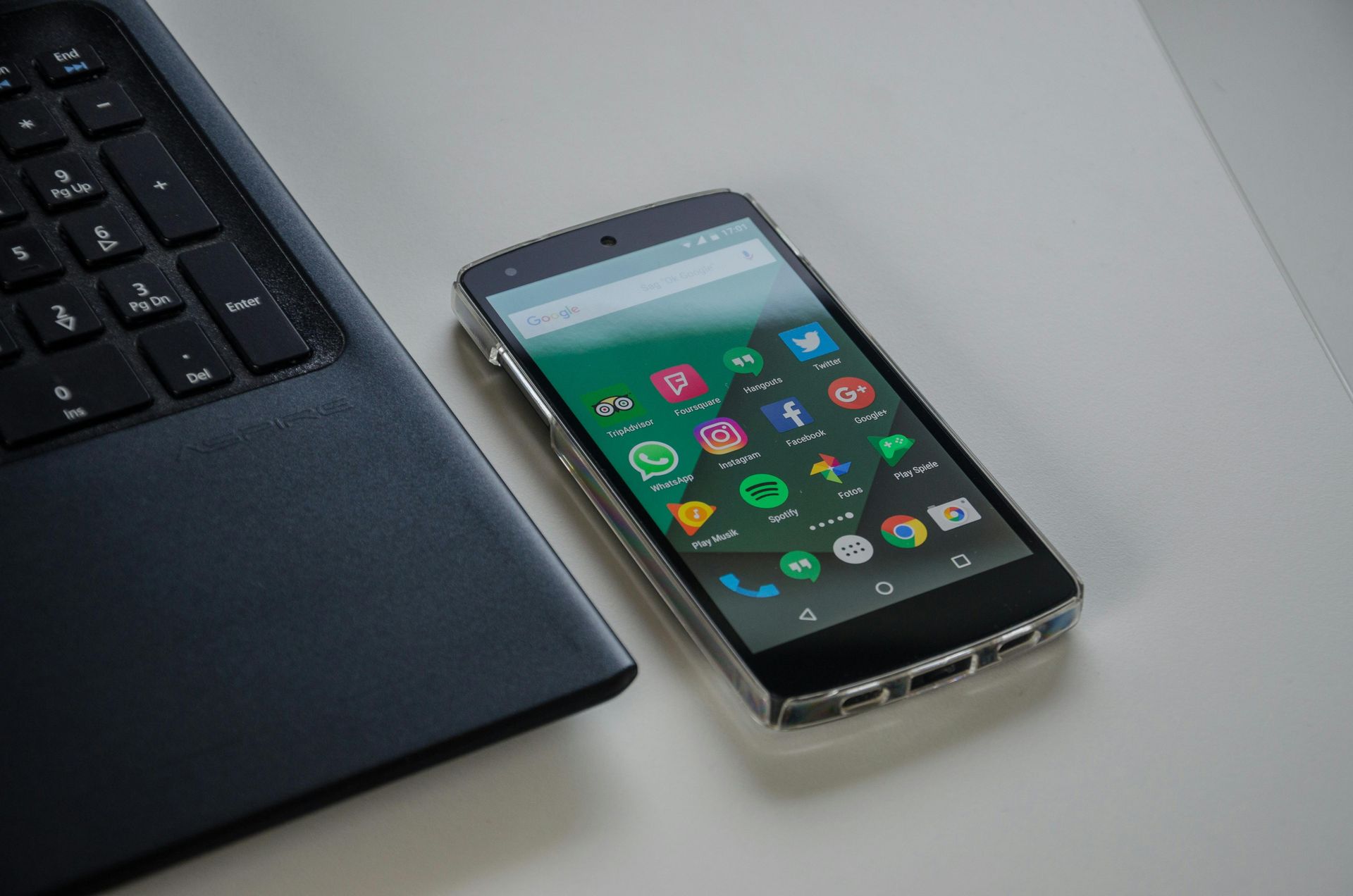It’s Not the Channel That’s Broken—It’s the Way You’re Using It
It’s Not the Channel That’s Broken—It’s the Way You’re Using It

Don’t Blame the Tool—Blame the Technique
Every so often, someone declares email marketing “dead.” But then… you check your inbox. And it’s full. Not with spam, but with newsletters, launch announcements, sales, and content updates from companies who are still thriving.
Email marketing isn’t dead. Not even close. It’s just crowded—and too many businesses are sending the same dull, formulaic messages and wondering why they’re getting ghosted.
Here’s the truth: email still delivers one of the highest ROIs in digital marketing. But the bar for what works has risen. If you want clicks, sales, and engagement? You don’t need a new platform. You need better emails.
Let’s unpack why email still matters, what’s going wrong, and exactly how to write emails people actually read—and act on.
Chapter 1: Email Is Still the MVP of Digital Marketing
1. Unmatched ROI
According to Litmus, the average return on email marketing is $36 for every $1 spent. That’s better than paid ads, SEO, and just about everything else when done right.
2. You Own the List
Social media algorithms change. Ad costs rise. Platforms get banned, merged, or fade. But your email list? It’s yours. Direct access to your audience, on your terms.
3. High Intent Channel
People check their inboxes to find things they care about. Unlike social scrolling, email is an intentional experience. If you’re in the inbox, you’re already winning half the battle.
Chapter 2: Why Most Emails Don’t Work
1. You Sound Like Everyone Else
How many emails start with “We’re excited to announce…” or “Check out our latest offer”? These intros scream “ignore me.” Your audience has seen them a hundred times before.
2. There’s No Personality
Emails that feel robotic don’t get read. Whether it’s B2B or B2C, humans respond to humans. The most clicked emails are those that sound like a real person wrote them.
3. The CTA Is Buried or Vague
You can't expect someone to click if they’re not sure what you want them to do. A strong email has a clear, bold, unmistakable call-to-action—without the clutter.
4. You’re Not Segmenting
Sending the same email to everyone on your list is like giving every customer the same t-shirt size. It doesn’t fit. Your audience isn’t monolithic—so your messages shouldn’t be either.
Chapter 3: Anatomy of a High-Converting Email
Let’s break it down piece by piece.
1. The Subject Line: Your First (and Only) Hook
- Keep it under 50 characters
- Use curiosity, not clickbait
- Make it personal (use a first name or context)
- Test multiple versions with A/B testing
Examples:
- “You left this behind…”
- “A little gift for your Monday”
- “How we tripled our leads (real numbers)”
2. The Preheader: Your Secret Weapon
This is the small text next to or below the subject line. Use it to support your subject, not repeat it.
Bad:
Subject: “Summer Sale Is Here!”
Preheader: “Summer Sale Is Here!”
Better:
Subject: “Summer Sale Is Here!”
Preheader: “Up to 40% off—only until Friday.”
3. The Body: Tell a Story or Solve a Problem
No one wants to read a feature dump. People read emails for:
- Stories
- Answers
- Tips
- Deals
- Curiosity
Structure it like this:
- Relatable opening (hook)
- Build tension or interest
- Deliver value or offer
- One clear CTA
Remember: Short paragraphs. Punchy lines. No essays.
4. The Call-to-Action (CTA): Make It Obvious
Don’t hide your CTA behind subtle links. Make it a button, a bold link, or a standout sentence.
Bad: “If you want to learn more, you can click here.”
Good: “👉 Book your free demo now.”
Chapter 4: 7 Types of Emails That Still Crush It
1. The Welcome Sequence
This is your first impression—and your best shot to warm up a cold lead. Use it to:
- Reinforce your brand story
- Set expectations
- Share your most valuable content
- Offer a soft conversion (like a freebie or trial)
2. The Personal Story
One of the most underrated formats. Share:
- A founder’s story
- A customer experience
- A “lesson learned” from the week
It’s real. It’s human. And it builds loyalty.
3. The Offer Email
Sales aren’t bad. Bad sales emails are. Use urgency, bonuses, or bundles—but keep it honest and clean. Avoid spammy phrases like “Act Now!!!” or “Free Money!”
4. The Educational Email
People love to learn. Teach something valuable, even if it’s simple:
- “3 ways to cut your invoice time in half”
- “How to write better copy in 15 minutes”
- “A beginner’s guide to landing clients”
5. The Case Study / Proof Email
Show what you’ve done—concisely. Add a testimonial, a before/after stat, or a short success story with a CTA to learn more.
6. The Re-Engagement Email
Win back inactive subscribers with a personal touch. “We miss you” works better than you think, especially if paired with a special offer or updated value proposition.
7. The Plain Text Email
Looks like a real email from a real person. No fancy headers. No design. Just you, your message, and the reader. These often outperform polished campaigns.
Chapter 5: Advanced Tips for Better Email Performance
1. Use Smart Segmentation
Break your list by:
- Behavior (clicked, purchased, opened)
- Demographics (age, job title, location)
- Funnel stage (lead, trial, customer)
- Interest (which link they clicked last)
Tailor your messages to where they are—not where you want them to be.
2. Automate, But Don’t Be Robotic
Automations (like cart abandonment, follow-ups, and onboarding flows) are powerful. But they should still sound human. Write them like they’re coming from someone—not something.
3. Test and Tweak Often
A/B test:
- Subject lines
- Send times
- CTAs
- Design vs plain text
- Offer positioning
Track open rates, click-through rates, and—most importantly—conversions.
4. Clean Your List Regularly
A bloated list isn’t better. Unengaged subscribers hurt your sender score and deliverability. Remove cold contacts or try a win-back campaign before removing them.
Chapter 6: Tools That Help (If You Write Better Emails First)
No tool can fix a bad message. But once your emails are good, here are a few tools that can help scale:
- ConvertKit – Great for creators and automations
- ActiveCampaign – Deep CRM integration and logic-based workflows
- Mailchimp – Easy for beginners
- Klaviyo – Powerful for eCommerce
- MailerLite – Affordable and simple
- SparkLoop – Build referral-based list growth
- Litmus – Test how your email looks in different inboxes
Chapter 7: The Real ROI Isn’t Just Sales
Email marketing isn’t only about revenue. It builds:
- Trust
- Brand recall
- Long-term loyalty
- Education and positioning
Even when people don’t buy right away, your email might be the reason they come back later. It might be the difference between choosing you or forgetting you ever existed.
Conclusion: Email Works—But Only When You Do
Email isn’t dying.
It’s maturing.
And like any mature channel, it demands more care, more creativity, and more clarity than ever before. You can’t get by with lazy subject lines, bloated newsletters, or generic copy anymore.
If you’re willing to write emails people actually want to open, read, and act on—email marketing will work harder for you than any other channel.
So before you ask if email is worth it… ask yourself this:
“Are my emails worth opening?”







